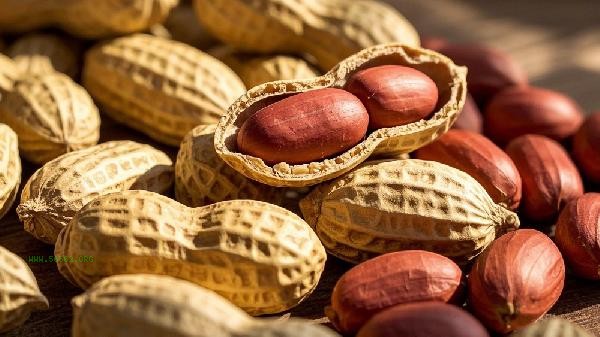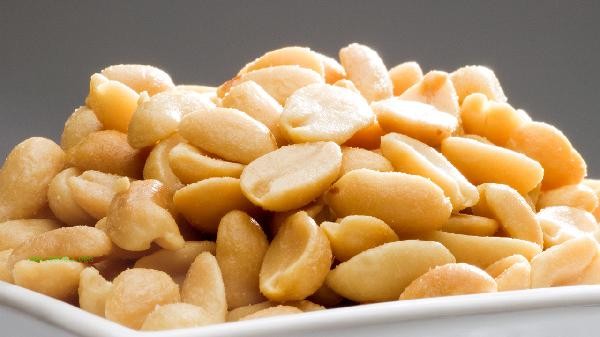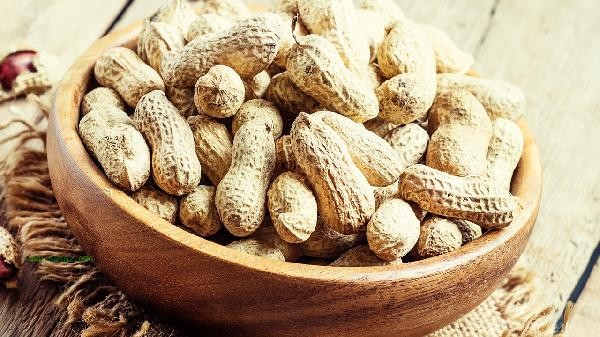Small flying insects appearing on fresh peanuts can be treated through methods such as air drying for deworming, low-temperature refrigeration, Sichuan pepper deworming, sealed storage, and timely sorting. Small flying insects are often caused by damp storage environments or incomplete drying of peanuts. It is necessary to combine physical prevention and daily management to reduce pest infestations.

1. Drying and deworming
Spread out damp peanuts and expose them to sunlight. The ultraviolet rays in the sunlight can drive away the adult insects, and a high temperature and dry environment can inhibit the hatching of insect eggs. When drying, it is necessary to frequently flip the peanuts to ensure even heating, and continue for 2-3 days until the moisture content of the peanuts decreases. This method is suitable for small amounts of peanuts and is used on sunny days. Be careful not to expose the peanuts to excessive sunlight, which can cause them to spoil.
2. Low temperature refrigeration
Put peanuts into breathable cloth bags and place them in the refrigeration layer of the refrigerator. The low temperature environment can effectively inhibit the activity and reproduction of small flying insects. The temperature should be controlled below 4 ℃, and the refrigeration time should not exceed one week to avoid affecting the taste. After refrigeration, it is necessary to check for frostbite or mold when taking out peanuts, which is suitable for short-term storage and places high demands on peanut quality.
3. Sichuan pepper deworming
Lay a layer of dry Sichuan pepper on the bottom of the storage container, whose volatile odor can drive away adult insects. Mix 20-30 grams of Sichuan peppercorns with every kilogram of peanuts, and regularly replace the Sichuan peppercorns to maintain the effect. This method has no toxic side effects, but it should be noted that the odor of Sichuan pepper may seep into peanuts and is not suitable for people who are sensitive to odors.

4. Sealed storage
Put dried peanuts into food grade sealed cans or vacuum bags to block the contact route of flying insects. Before sealing, a food desiccant can be placed to absorb residual moisture, and the container sealing should be checked regularly. This method is suitable for long-term storage, and it is necessary to ensure that the initial moisture content of peanuts is below 8% to avoid the risk of mold growth.
5. Timely sorting
After discovering pests, immediately pick out peanuts with insect eyes or marks to prevent the spread of pests. When sorting, pay attention to whether the peanut kernels are moldy or spoiled. Moldy peanuts need to be discarded in batches. It is recommended to check once a week during daily storage, especially paying attention to the condition of the peanuts in the corners and bottom layer.

To prevent insect infestation in fresh flowers, it is necessary to control them from the source. After harvesting, they should be fully dried until the moisture content meets the standard, and stored in a cool and ventilated place. Avoid using chemical insecticides to contaminate food. If the pest infestation is severe or accompanied by mold, the entire batch should be destroyed. Natural insect repellents such as diatomaceous earth can be used in daily life. Regularly cleaning storage containers and maintaining a dry and hygienic environment can effectively reduce the probability of pest infestation. It is recommended to recheck and thoroughly clean before consumption to ensure food safety.








Comments (0)
Leave a Comment
No comments yet
Be the first to share your thoughts!